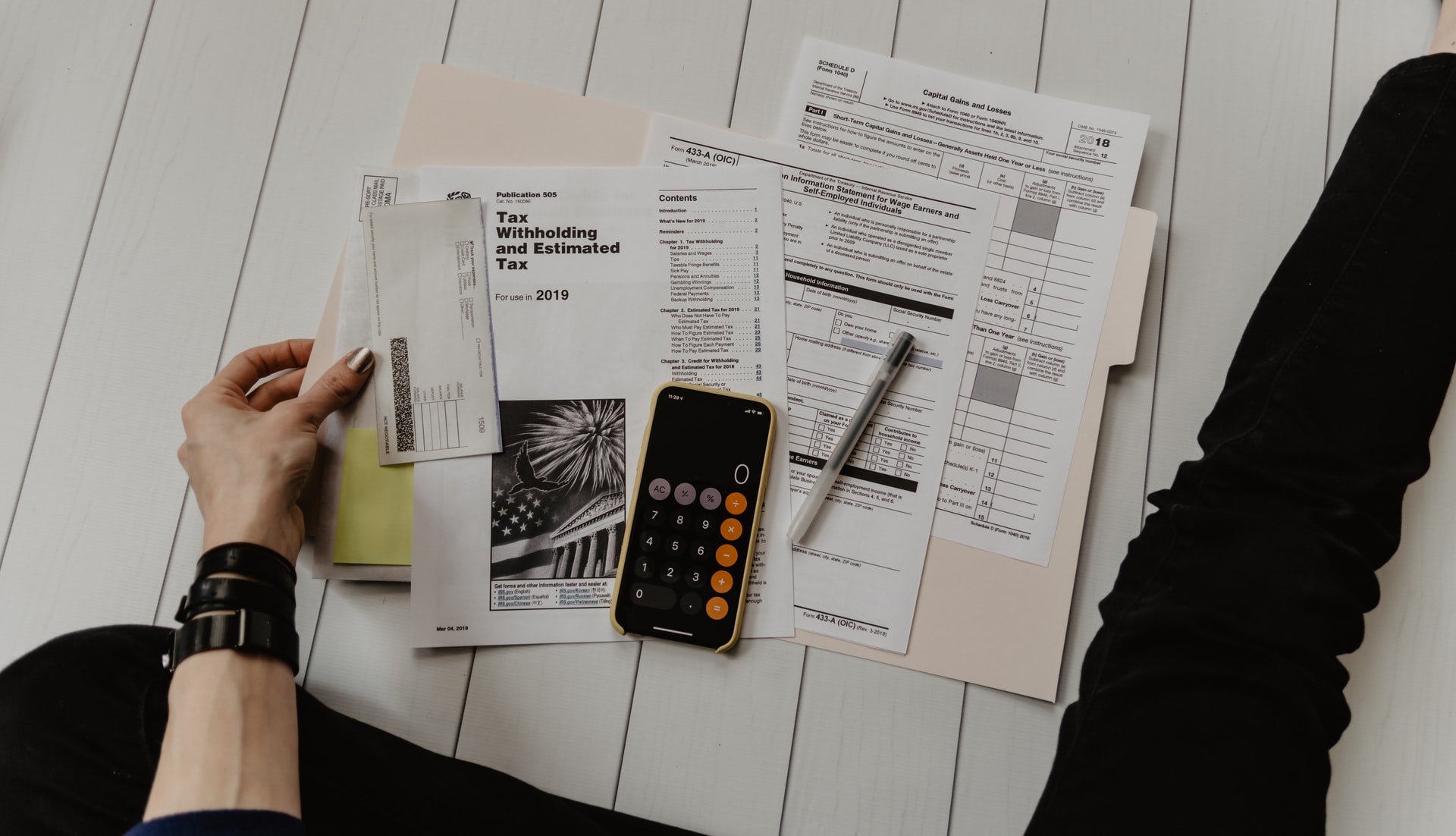by Marija Josifovska
Share
by Marija Josifovska
Share

Calculating the value of your land for tax purposes can seem daunting. But luckily, there are several foolproof ways to do it right. It might seem the easiest way would be to utilize a land value estimator. Though, understanding the different techniques that professionals use can help. You’ll determine the acre value for taxation quickly and be confident that you’ll meet all legal requirements.
Top Methods to Calculate Land Value
The property’s purchase price comprises the cost of the land and the improvements made to it. According to the IRS, land cannot be depreciated, so you must determine the actual purchase price between land and building. To do so, you can leverage one of the following methods.
Assessed Value
The sale should be reported to the local assessor when a property is bought and sold. They need to be notified about the ownership change and the sale price paid for the plot. The assessors can then use that information and the area’s comparable land sales to find the most sensible property value.
Although an approximation, the assessed value offers a fairly accurate land value estimator. To get the land value as a percentage of a total, you should divide the value of the piece of property by the full value of the land and house. For instance, if you’ve paid $300,000 for land with a house on it. The value is assessed at $220,000 including $55,000 for the parcel of land and $165,000 for the home. The land’s value is 25% of the entire value.
Appraised Value
When a real estate transaction is done, a professional appraiser is usually hired to appraise the property. Often per the request of the lender. An appraisal assesses the property’s value and supports the valuation with facts. Professionals use the sales comps, income, and cost approach to give a realistic property valuation.
To calculate the appraised value, you should divide the land value by the combined value of the home and land. For instance, if the appraisal says that the property you’ve purchased is worth $200,000. Let’s assume $66,000 for the land and $134,000 for the house. Then the value of the piece of land is 33%.
Replacement Value
The cost to replace an existing asset with a comparable asset is referred to as replacement cost. For example, if a structure sustains fire damage, the asset’s replacement cost refers to the asset’s pre-damaged state. Because a new asset would have different expenses, the replacement cost is liable to fluctuate.
Let’s compute the value of the land as a percentage of the entire property value. That would be land and other improvements including a house or building. You should divide the value of the land by the total land value and the improvements that have been made. For instance, you’ve paid $350,000 for a house. The value of replacement for it is $275,000, and the land’s value is $75,000.
Purchase Price
This could also be a reasonable method to consider for estimating the market value of the property. Eventually, the depreciation amount, as is exactly the price that was paid for the property. Itis also outlined in the closing statement. To go through with this method, the closing documents should specify which portion of the purchase price was allocated accordingly. Including the land, land improvements, building, and equipment.
A similar strategy you could use in the case of a new building. It is much simpler to know the exact amounts paid for the unimproved land and land upgrades. This data you can find by tracking invoices and sworn statements from the general contractor.
When purchasing land with an existing building on the property, it might be more challenging to determine a suitable basis for land valuation based on cost. This just means that the assessor’s idea of the land value is usually a safe bet. If the tax preparer chooses a different course of action, they should support their choice with hard evidence that provides the taxpayer with the most benefit.
How to Determine the Property Value
Using online tools or AVM (automated valuation model), such as a land value estimator or calculator, is a great way to determine the property value for taxation. Usually real estate sites or lenders offer them. However, some sites might have limited data which would mean that the accuracy of the information could be questionable.
Another option is to conduct a comparative market analysis. You could hire a local real estate agent or do it yourself. The approach involves the evaluation of the recent sale value of properties comparable to yours. Look for properties in the same or similar location, as well as similar size and improvements.
Hiring a qualified appraiser is arguably the best option. They take into account the market state, property characteristics, and comparable properties in the same market. Then, they use this data to create an accurate opinion of the land’s value. It’s best to deliver it in the form of an official document.
Final Thoughts: Which Land Value Estimator Method Is Best?
Considering that land can’t be depreciated, the original purchase price must be divided between the building and the land. From law’s perspective, each of these four methods is acceptable to compute the ratio of the land’s worth to the building. The one you should choose will depend on your specific circumstances or goals. For example, you can opt for the one with the lowest land value. That’s in case you would profit from claiming the highest potential depreciation (as a percentage of the overall property). Conversely, select the technique that results in the higher value of the land as a percentage of the total property’s value, if you would profit from declaring a lower depreciation on improvements like a building or a house.

